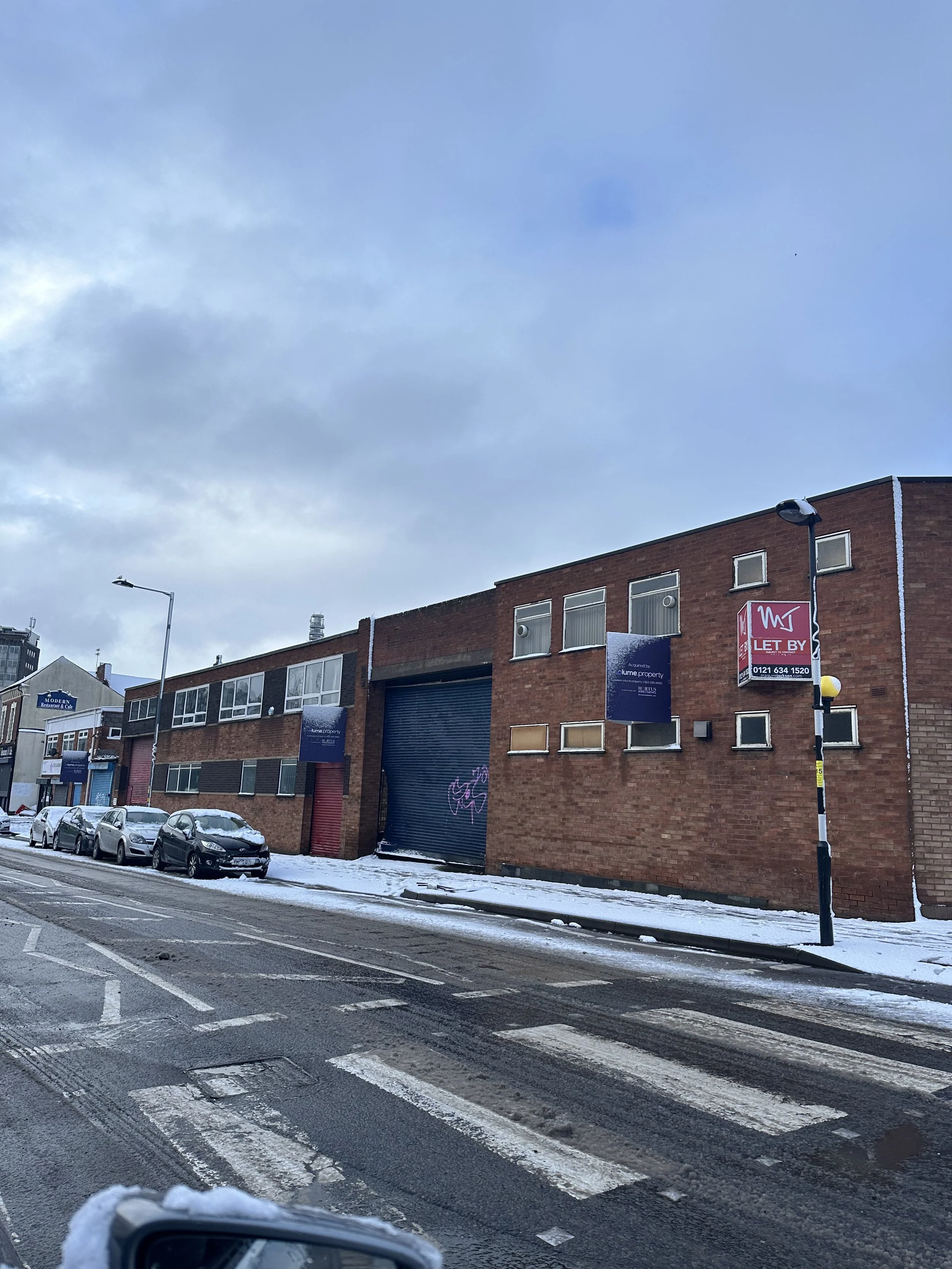The Evolution of Residential Development: Trends and Innovations
Residential development is a dynamic and ever-evolving field, constantly shaped by changing demographics, societal trends, and technological advancements. In this article, we will explore the fascinating journey of residential development, highlighting the latest trends and innovations that are reshaping the way we envision and create homes. Join us as we dive into the exciting world of the evolution of residential development.
Embracing Smart Homes:
One of the most significant trends in residential development is the integration of smart home technologies. From voice-activated assistants to energy-efficient systems, homeowners now have the ability to control and automate various aspects of their homes. Smart thermostats, lighting systems, security features, and home appliances are just a few examples of how technology is transforming the residential landscape. Developers are increasingly incorporating these innovations to enhance convenience, efficiency, and sustainability in modern homes.
Multigenerational Living Spaces:
The concept of multigenerational living has gained traction in recent years, driven by changing family dynamics and cultural shifts. Residential developers are responding to this trend by designing homes that accommodate multiple generations under one roof. These homes often feature separate living spaces or attached accessory dwelling units (ADUs) to provide privacy and independence while fostering togetherness. This inclusive approach to residential development caters to the diverse needs of extended families and promotes intergenerational bonds.
Sustainable and Eco-Friendly Designs:
In response to the growing concern for the environment, sustainable and eco-friendly designs have become integral to residential development. Builders are incorporating energy-efficient materials, renewable energy systems, and eco-conscious practices into their projects. From solar panels to green roofs and rainwater harvesting systems, these sustainable features not only reduce environmental impact but also offer long-term cost savings for homeowners. The integration of green spaces and nature-inspired designs further promotes a sense of well-being and connection with the environment.
Community-Centric Developments:
The traditional concept of residential development is evolving to prioritize community and social interaction. Developers are embracing the idea of community-centric developments that foster a sense of belonging and shared experiences. This includes incorporating communal spaces, such as parks, gardens, and gathering areas, where residents can connect and engage with one another. Additionally, mixed-use developments that blend residential, commercial, and recreational elements are gaining popularity, creating vibrant and self-sustaining communities.
Inclusive and Accessible Housing:
Another important trend in residential development is the focus on inclusive and accessible housing. Developers are recognizing the need to design homes that cater to individuals with diverse abilities and mobility requirements. Features such as wider doorways, step-free entrances, accessible bathrooms, and adaptable living spaces ensure that homes are welcoming and functional for people of all ages and abilities. This inclusive approach to design promotes independence, inclusivity, and a sense of dignity for residents.
Conclusion:
The evolution of residential development is a testament to the ever-changing needs and aspirations of homeowners. From embracing smart home technologies and accommodating multigenerational living to prioritizing sustainability, community, and accessibility, developers are constantly pushing boundaries to create homes that meet the demands of a rapidly evolving world. By staying attuned to these trends and innovations, we can look forward to a future of residential spaces that are not only functional and aesthetically pleasing but also aligned with our values and aspirations.




